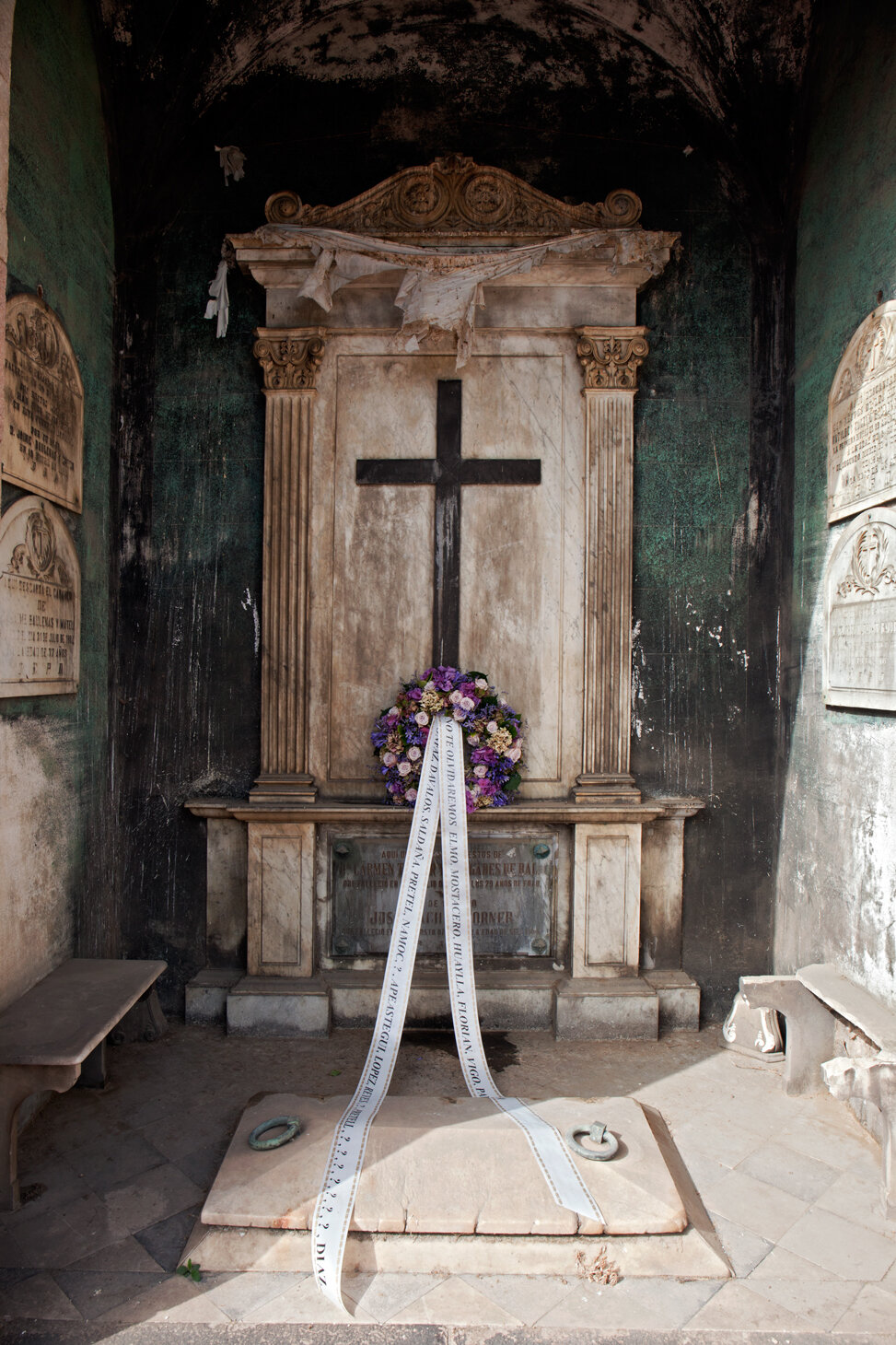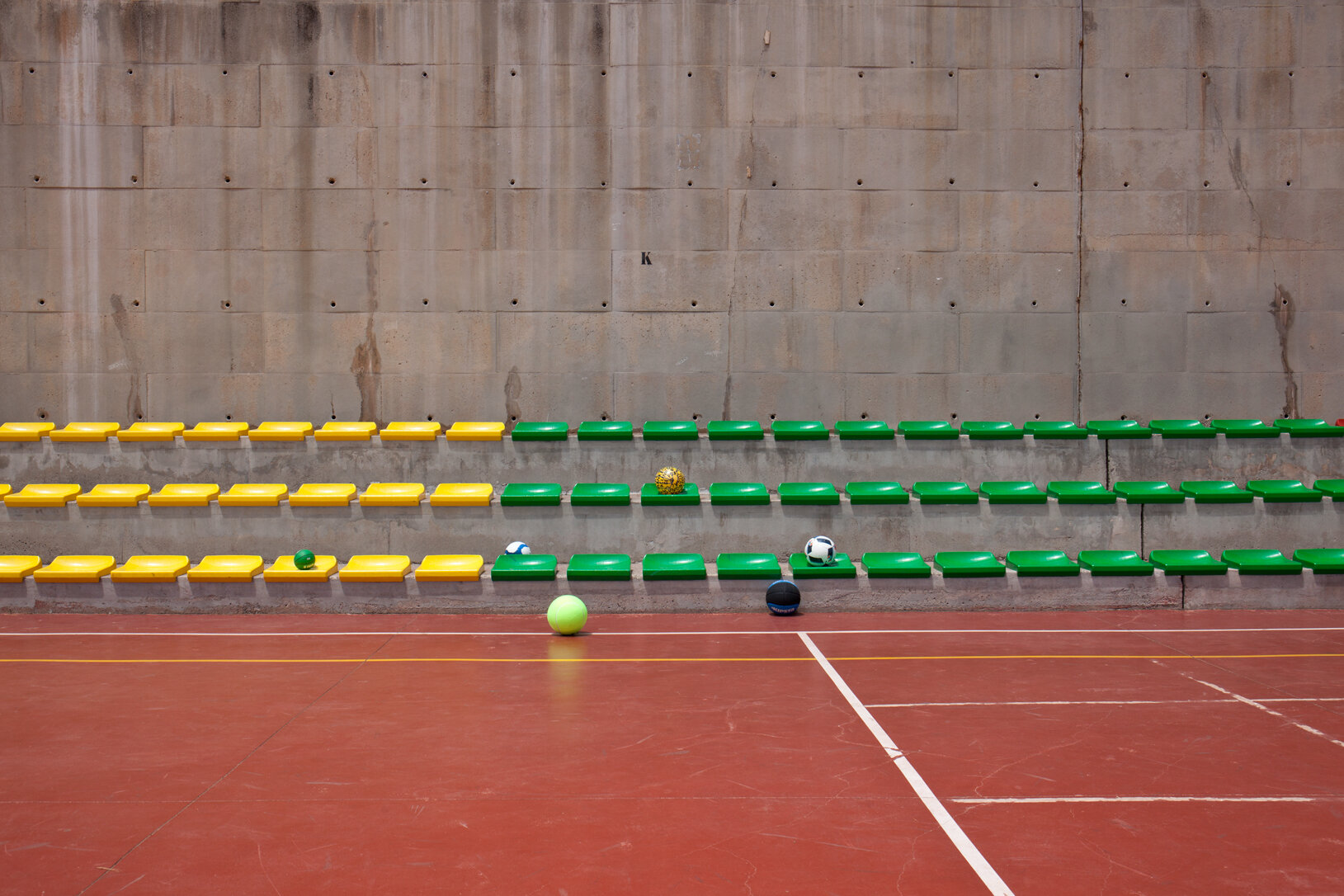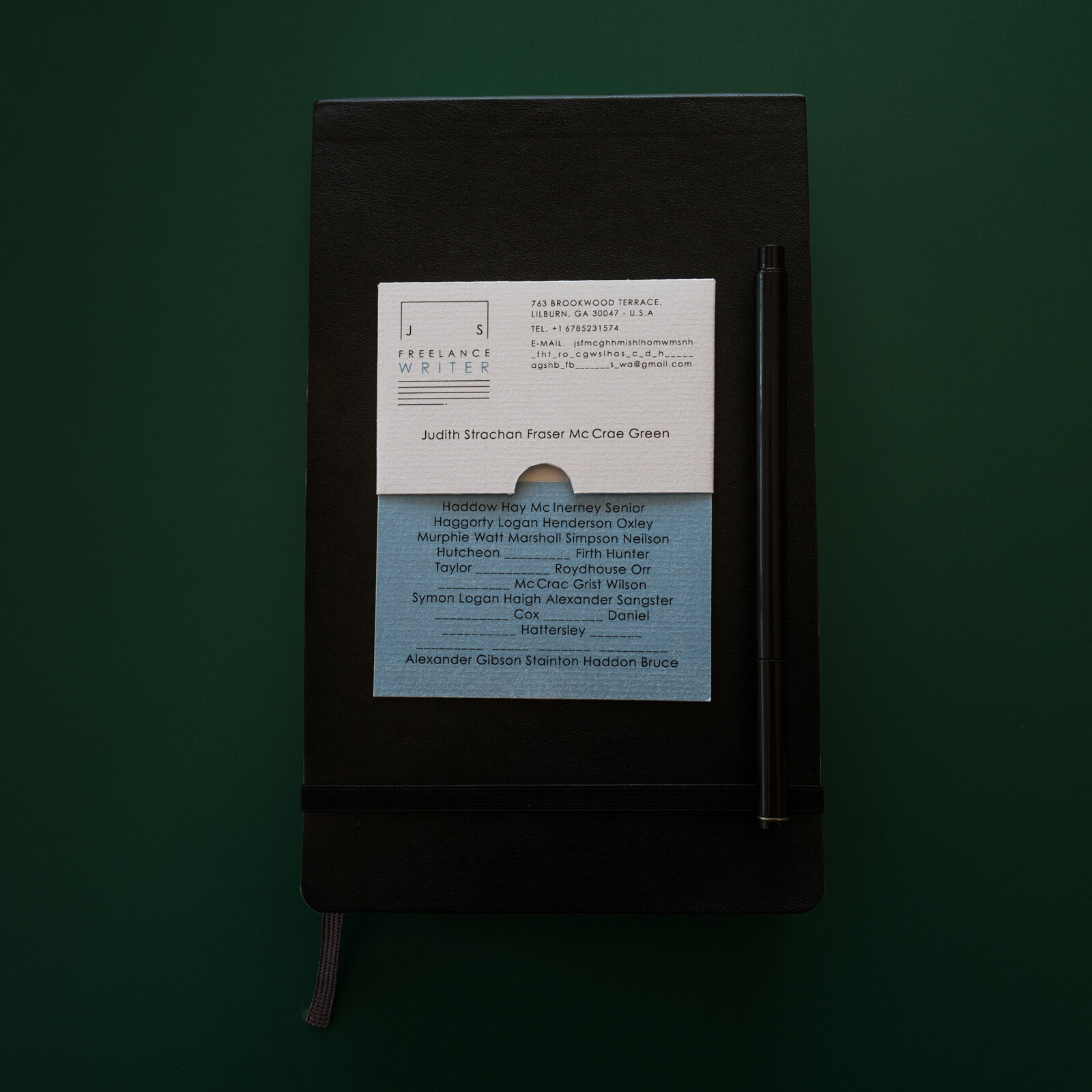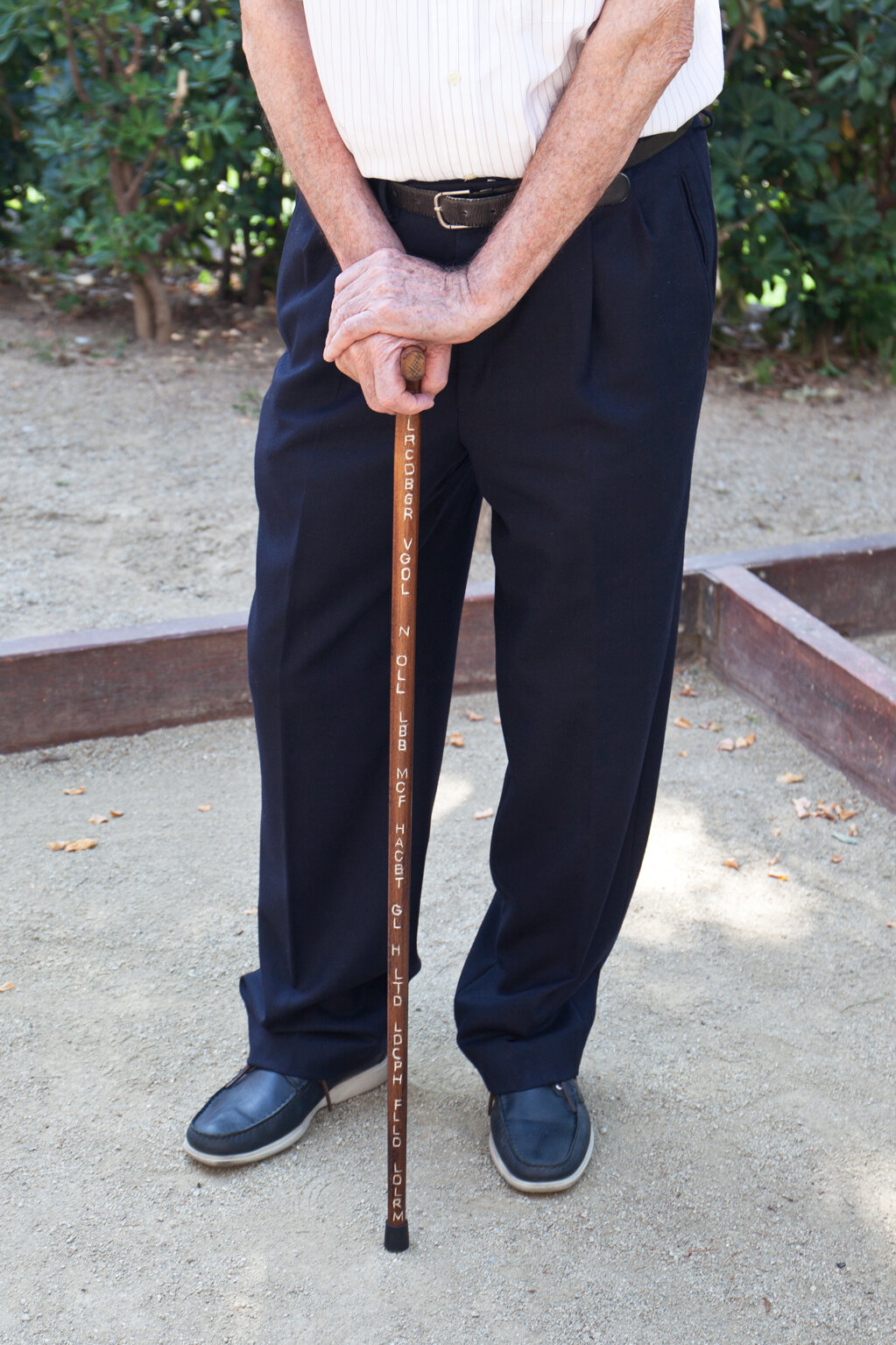Belong
Belong, 2016 - Paper edition - 23 x 16,5 cms
Belong is an artistic project composed of 17 objects collected photographically in a book.
These objects form a compendium of possessions that accompany us throughout our lives and are presented in a chronological structure, to reinforce the idea that despite belonging to different people, they may well trace anyone’s life. On the other hand, chronology is intrinsic to genealogy and, in this case, brings a cyclical perspective to the project.
Each of the objects presented is identified by first and last name of the person it could belong to. Surnames are a fundamental part of the project as each of the objects gathers the maximum number of them according to the Sosa- Stadonitz system*.
Belong is a project that invites us to ask how and why we label. To identify, organize, reaffirm, communicate, make a mark, ornament…What ever it is, is always for the other to notice and not for oneself.
The work, as a whole, visually captures the weight of identity. An identity that is given to us and that we drag as an element of uniqueness and positioning of the individual in front of the collective or tribe. But the deeper we delve into the singularity, the closer we get to the whole. We’re part of it.
* The Ahnentafel system, also known as the Sosa- Stradonitz system. Was created by Jerome de Sosa in 1676 as a method of numbering the ancestors in an ascending genealogy. He thus resumes an other author’s method: This was revised in 1898 by Stephan Kekulé von Stradonitz (1863-1933), son of the chemist Friedrich August Kekulé von, who popularised it in his book Ahnentafel- Atlas. Ahnentafeln zu 32 Ahnen der Regenten Europas und ihrer Gemahlinnen (Berlin: J. A. Stargardt, 1898-1904), containing 79 ancestry tables of European sovereigns and their spouses. The system gives number one to the individual whose genealogy is exposed (the subject of the table) and then number two to his father, and number three to his mother. Each man is assigned a number double that of his son or daughter (2n) and each women is given a number double that of her son or daughter, plus one (2n + 1).
Link to Prologue by Roger Canals


















